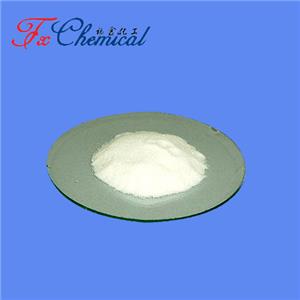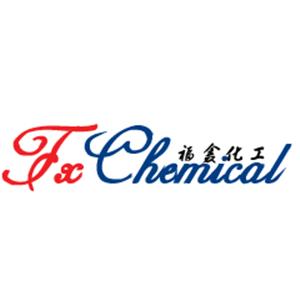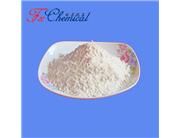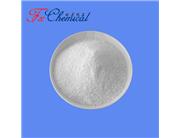What is N-[(tert-Butoxy)carbonyl]-L-tryptophan?
N-[(tert-Butoxy)carbonyl]-L-tryptophan (Boc-L-tryptophan) is a derivative of the amino acid L-tryptophan, where the amino group (-NH2) of the tryptophan is protected by a tert-butoxycarbonyl (Boc) group. The Boc group is a common protective group used in organic synthesis, particularly in peptide synthesis, to protect the amino group from undesired reactions.
Chemical Structure and Properties
Chemical Formula: C16H20N2O4
Molecular Weight: Approximately 304.34 g/mol
Structure: Boc-L-tryptophan consists of the L-tryptophan molecule, which includes an indole ring attached to the amino acid backbone, with the Boc group attached to the nitrogen atom of the amino group.
Appearance: Typically appears as a white to off-white crystalline powder.
Solubility: Soluble in organic solvents like methanol, ethanol, and dimethyl sulfoxide (DMSO); sparingly soluble in water.
Stability: Stable under normal conditions, but sensitive to acidic conditions that can lead to the removal of the Boc protecting group.
Applications of N-[(tert-Butoxy)carbonyl]-L-tryptophan
1. Peptide Synthesis
Application: Used as a protected amino acid in the synthesis of peptides and proteins. The Boc group protects the amino group from unwanted reactions during peptide bond formation.
Benefits: Allows for selective deprotection and stepwise synthesis of peptides, ensuring that the amino acids are added in the correct sequence without side reactions.
2. Pharmaceutical Research
Application: Employed in the development of peptide-based drugs and in the study of protein structure and function. Boc-L-tryptophan is used to introduce tryptophan residues into peptides while protecting the amino group.
Benefits: Facilitates the synthesis of complex peptides that are used as therapeutic agents or as tools for studying biological processes.
3. Organic Synthesis
Application: Used as a building block in organic synthesis, particularly in the creation of molecules that mimic the structure of proteins or in the synthesis of novel compounds with potential biological activity.
Benefits: The Boc group is easily removed under mild acidic conditions, allowing for the recovery of the free amine after synthesis is complete.
Safety and Handling
Toxicity: Boc-L-tryptophan is generally considered to be of low toxicity, but it should still be handled with care. Protective equipment such as gloves and safety goggles should be used to avoid contact with skin and eyes.
Environmental Impact: Should be disposed of in accordance with local regulations to prevent environmental contamination.
Summary
N-[(tert-Butoxy)carbonyl]-L-tryptophan (Boc-L-tryptophan) is a protected form of the amino acid L-tryptophan, widely used in peptide synthesis and pharmaceutical research. The Boc group provides protection to the amino group, allowing for controlled synthesis of peptides and other complex molecules. Its stability under normal conditions and ease of removal make it a valuable tool in organic chemistry and drug development.
Package

Shipping

Company information

Contact information


 China
China








